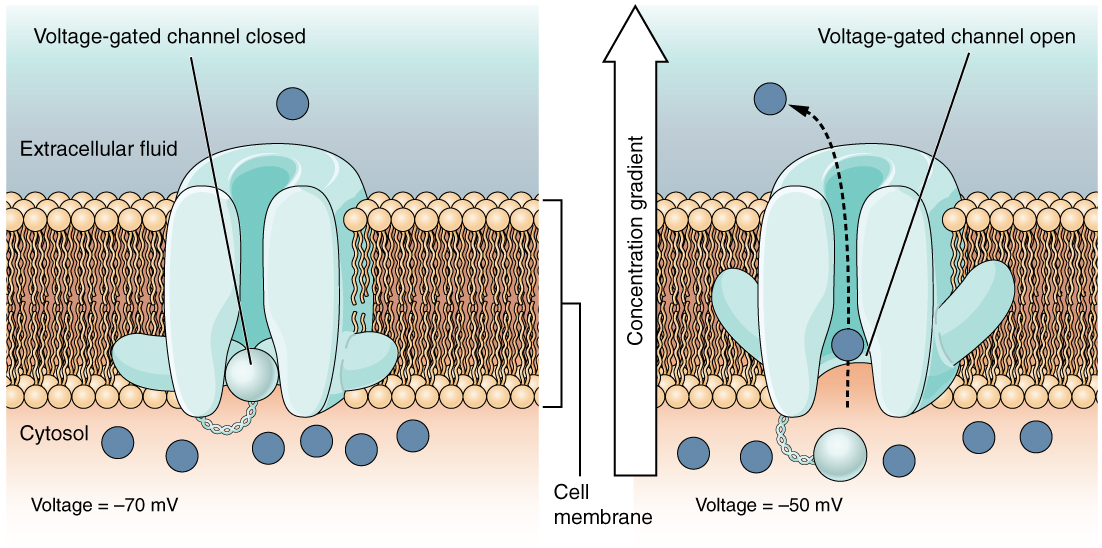This is a default text for your page '. Click above on edit this page' to modify. Be careful with the < and > signs.
You may include any references to papers as in: the use of JSmol in Proteopedia [1] or to the article describing Jmol [2] to the rescue.
Short Introduction
Description
Isoprene Synthase is supposed to be a dimeric enzyme which consists of 595 amino acids and has a molecular mass of 68,386 Da. The protein is made up of alpha-helices which form two alpha-helical domains.
The N-terminal domain of the protein chain is folded similar to class II terpenoid synthases that are made up of (𝛼𝛼)6 barrels [Wendt et al.,1998]. Up to now there is no catalytic activity known for this domain. Quite the contrary regarding the C-terminal domain of the isoprene synthase: This domain shows up an 𝛼-helical class I terpenoid synthase fold and contains the active site which is surrounded by five 𝛼-helices. The active site of the enzyme is located in a deep hydrophobic pocket which ensures a protection of the reaction intermediate from water.
Catalyzed Reaction
The Isoprene Synthase catalyses the production of isoprene from the substrate dimethylallyl-diphosphate (DMAPP). During the reaction inorganic pyrophosphate is eliminated leading to the reaction products isoprene and inorganic pyrophosphate. The release of the pyrophosphate group leads to the generation of an allylic carbocation which is typical of class I terpenoid synthases [Wendt et al., 1998]. The occuring elimination mechanism is syn-periplanar and the leaving diphpsphate group acts as general base. The characteristic DDXXD-sequence motif of class I terpenoid synthases that binds to the diphosphate leaving group via Mg2+-ions facilitates the release of the pyrophosphate group.

Structure
Cofactors
Biological Relevance
This is a sample scene created with SAT to by Group, and another to make of the protein. You can make your own scenes on SAT starting from scratch or loading and editing one of these sample scenes.

